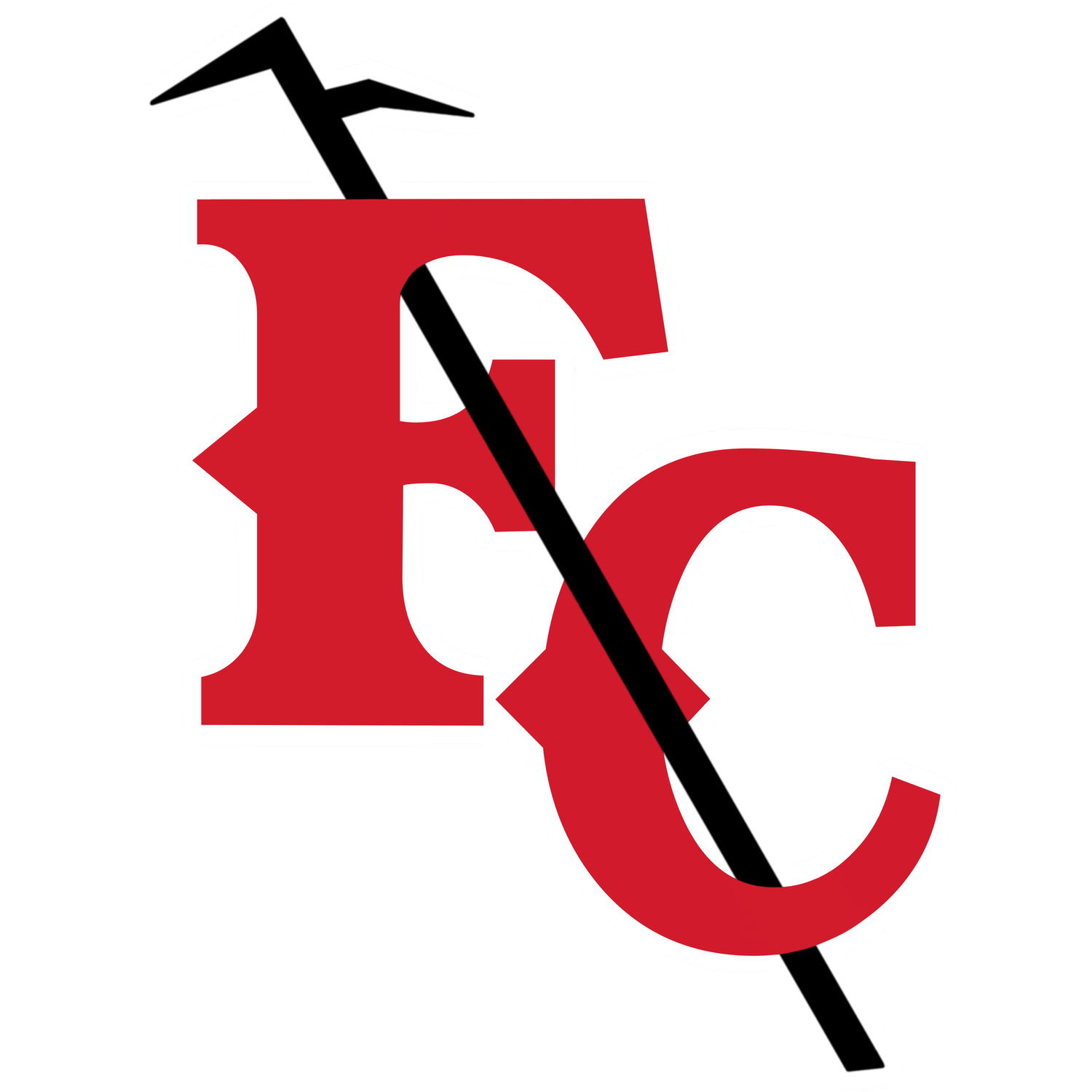Bars & HammerS
&
Firefighter friendly thermal imaging
Instructed by Sam Hittle
Wichita Rescue 2 Captain
Workshop Site #2
Oswego FPD - Station 1
3511 Woolley Rd.
Oswego, IL 60543
Full Day Workshop
Choice of July 18 or 19
Bars and Hammers
The majority of fireground forcible entry executed is done with halligans (bars) and striking tools (hammers). These tools get us in doors, overcome padlocks, bypass and weaken barrel bolts, take down security augment latches, and occasionally are used to remove window bars, board ups, and burglar bars. This class centers on challenging traditional beliefs and techniques taught. Students will learn bar to bar entry, single person conventional entry, and employ unconventional, yet more effective ways to strike with the hammer. Additionally, techniques for understanding how to overcome barrel bolts, realizing realistic hand tool methods for removing window bars, board ups, and old drop bar installation practices vs newer style drop bar hardware without carriage bolts will be explored. Consider joining us to strengthen existing forcible entry ideology and expand understanding for determining the best functional hand tool approach for gaining entry.
Firefighter Friendly Thermal Imaging
Thermal imaging is one of the most misunderstood disciplines on the fire ground today. Too often, fire fighters with this tool in hand, approach their tactical objectives believing that the camera will execute the necessary thinking to derive at the critical information needed for success. Regrettably, this is not the case. The camera is only capable of performing interpretations within its inherent confines. The technician is responsible for the critical thinking required to conclude what is truly occurring on the fire ground. It is vital that fire fighters using a camera understand and appreciate both its capabilities and limitations to successfully assess conditions for positive mitigation. The basics, such as white is hot, black is cold, and victim identification will be fast and easy are lies without imager comprehension, training, and drilling. Unfortunately, this is the extent of thermal imager knowledge most of the fire service is operating with today. Through lecture and classroom hands on experiments (students will observe with cameras in hand), this class will demonstrate real world infrared concepts and applications to help students understand and properly interpret feedback from the thermal imager. What this class will not have is time spent on technology used to build cameras. Bluntly, it doesn’t matter. What does matter is understanding how your camera interprets the environment, when it can help, and when it needs to be put down. That’s right, put down and utilizing more traditional fireground techniques. Unfortunately, many thermal imager classes encourage overuse and overreliance.
Hands on experiments include mode transitions, environmental subjectivity, peripheral limitations, thermal interpretation restrictions, proper object analyzation, 1 dimensional conflicts, emitter and contrast variance resolve, temperature accuracy, misinterpretations and unrealistic expectations, and principles of transmission, reflection, and emissivity. Lecture addresses how to apply these concepts to effectively utilize the imager when conducting structural size up, extent of fire conditions, interior size up, suppression, search techniques, pitfalls of exterior search, ventilation, reading smoke from the interior vantage point, overhaul, smells and bells alarms, and hazmat. It is easy to appreciate what the camera can do. To be efficient and successful we must talk about what it can’t do. Only when we recognize the limitations, operate competently with the capabilities, and recognize the camera is there to help us do more and not less at our fires, will we enhance our tactical decisions.

